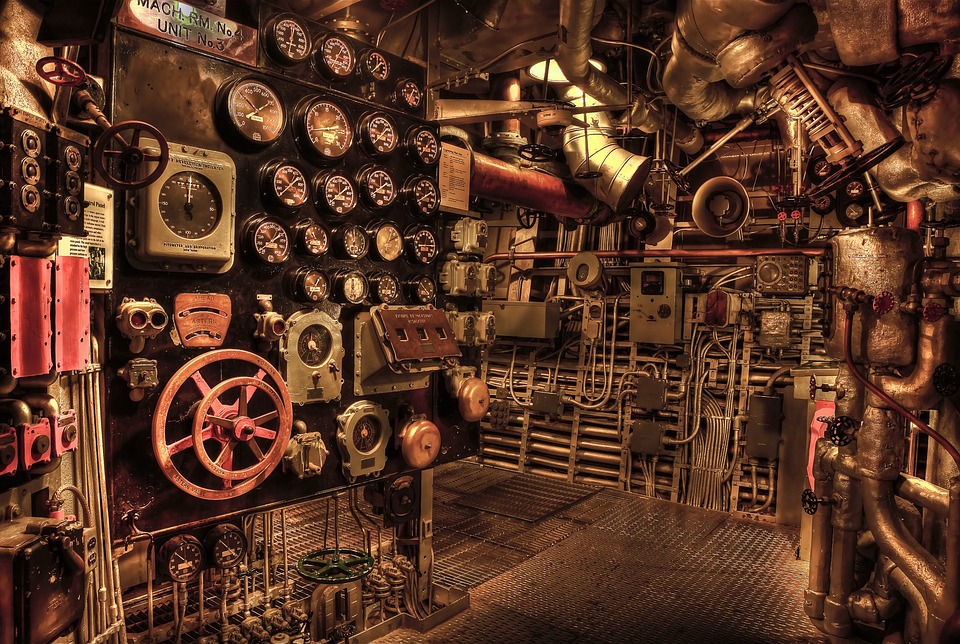Crafting Your Essential Control and Instrumentation Engineer CV: Stand Out in Your Job Search
In the competitive landscape of engineering, a well-crafted CV can mean the difference between landing an interview and being lost in the shuffle. Particularly for control and instrumentation engineers, showcasing your unique blend of technical skills, practical experience, and innovative thinking is crucial. Here’s how to create a CV that not only stands out but also tells your professional story compellingly.
1. Tailor Your Profile
Your CV should begin with a strong personal statement that succinctly captures who you are as an engineer. This isn’t just a summary of your skills; it’s your chance to convey your passion for engineering and your career aspirations. Consider including:
- Experience Highlights: Mention specific sectors you’ve worked in, such as pharmaceuticals, oil and gas, or renewable energy.
- Core Competencies: Highlight your proficiency in PLC programming, SCADA systems, or instrumentation design.
- Personal Touch: A brief note about what drives you in your engineering career can set you apart from the crowd.
2. Showcase Your Skills
In the realm of control and instrumentation, technical prowess is paramount. Organise this section into clearly defined categories to enhance readability. For instance:
- Technical Skills: List programming languages, software tools, and hardware expertise. Consider using bullet points for clarity.
- Soft Skills: Don’t underestimate the importance of communication, teamwork, and problem-solving abilities. These are vital in collaborative engineering environments.
- Certifications and Training: Include relevant certifications such as IET, ISO standards, or any specialized training that lends weight to your qualifications.
3. Detail Your Experience
Experience is where you can truly shine. Instead of simply listing job titles and duties, narrate your professional journey through compelling descriptions. Use the STAR method (Situation, Task, Action, Result) to structure your achievements. For example:
- Situation: Describe a challenge you faced, such as improving system reliability.
- Task: What was your role in addressing this challenge?
- Action: Detail the steps you took, perhaps implementing a new monitoring system.
- Result: Quantify your success with metrics – did you reduce downtime by 20%?
4. Education and Professional Development
Your educational background is important, particularly in a technical field. List your degrees and any ongoing professional development courses. Emphasise:
- Institution Names: Renowned universities or institutions can add credibility.
- Relevant Coursework: Highlight any modules that directly relate to control and instrumentation.
- Continuous Learning: Mention workshops, seminars, or online courses that reflect your commitment to staying current in the field.
5. Keep it Neat and Professional
The presentation of your CV is just as critical as its content. Ensure it is well-structured and free of clutter:
- Fonts and Layout: Use a clear, professional font and maintain consistent formatting throughout.
- Length: Ideally, your CV should not exceed two pages; this requires you to be concise and impactful.
- Proofread: Spelling and grammatical errors can undermine your professionalism. Always double-check and consider a peer review for an extra set of eyes.
Final Thoughts
Creating a standout CV as a control and instrumentation engineer requires a blend of technical detail, personal branding, and immaculate presentation. By tailoring your profile, showcasing your skills, detailing your experience, and maintaining professionalism, you can craft a document that resonates with employers. Remember, your CV is not just a list of qualifications; it’s a reflection of your journey and potential in the engineering world.
CVPortal continues to provide a wealth of quality CV references to help you navigate your job search effectively.


